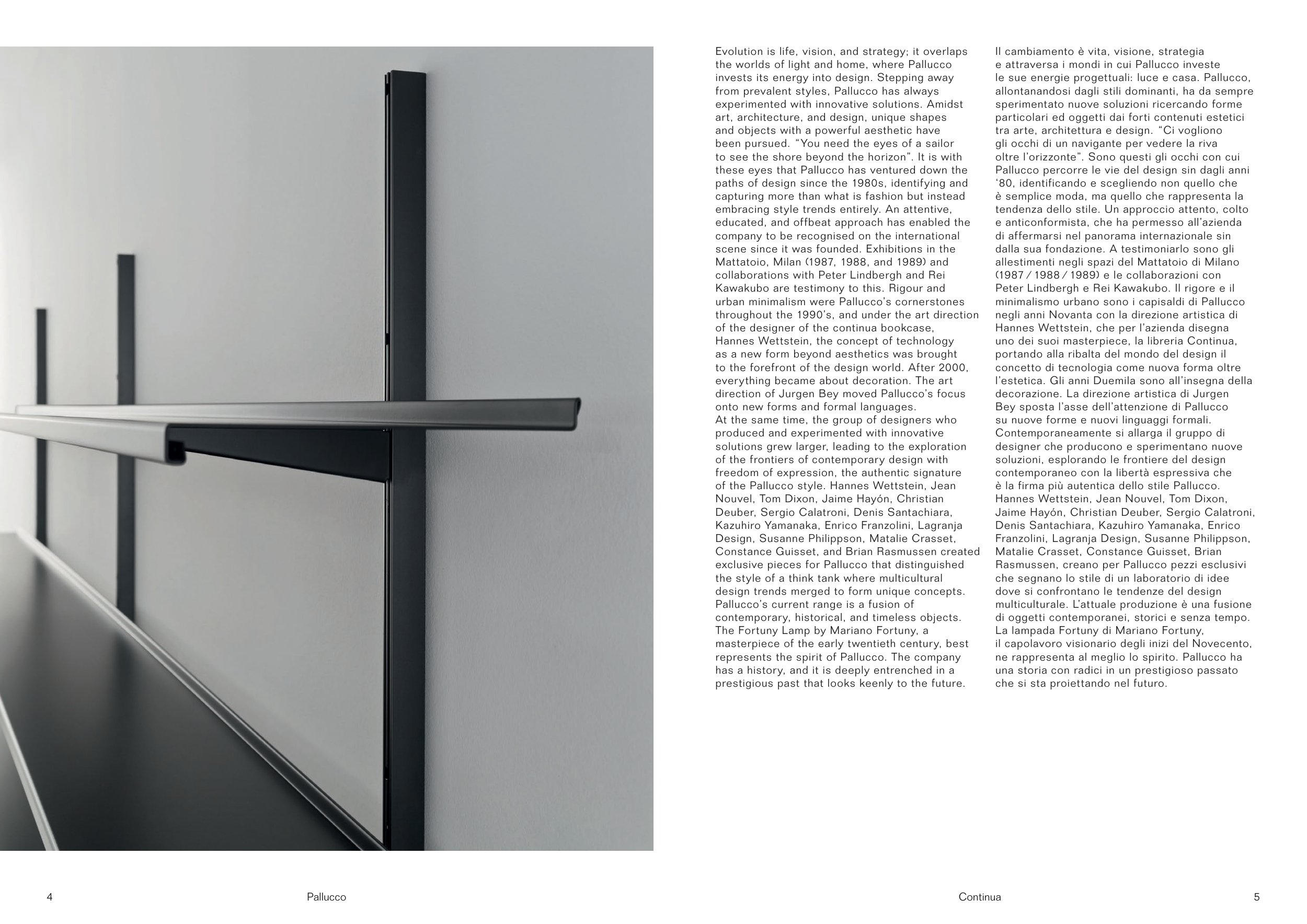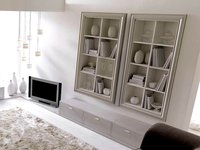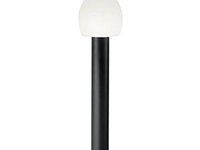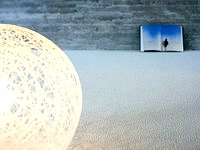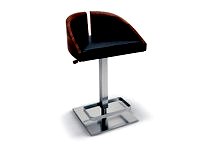4
5
Pallucco
Continua
Evolution is life, vision, and strategy; it overlaps
the worlds of light and home, where Pallucco
invests its energy into design. Stepping away
from prevalent styles, Pallucco has always
experimented with innovative solutions. Amidst
art, architecture, and design, unique shapes
and objects with a powerful aesthetic have
been pursued. “You need the eyes of a sailor
to see the shore beyond the horizon”. It is with
these eyes that Pallucco has ventured down the
paths of design since the 1980s, identifying and
capturing more than what is fashion but instead
embracing style trends entirely. An attentive,
educated, and offbeat approach has enabled the
company to be recognised on the international
scene since it was founded. Exhibitions in the
Mattatoio, Milan (1987, 1988, and 1989) and
collaborations with Peter Lindbergh and Rei
Kawakubo are testimony to this. Rigour and
urban minimalism were Pallucco’s cornerstones
throughout the 1990’s, and under the art direction
of the designer of the continua bookcase,
Hannes Wettstein, the concept of technology
as a new form beyond aesthetics was brought
to the forefront of the design world. After 2000,
everything became about decoration. The art
direction of Jurgen Bey moved Pallucco’s focus
onto new forms and formal languages.
At the same time, the group of designers who
produced and experimented with innovative
solutions grew larger, leading to the exploration
of the frontiers of contemporary design with
freedom of expression, the authentic signature
of the Pallucco style. Hannes Wettstein, Jean
Nouvel, Tom Dixon, Jaime Hayón, Christian
Deuber, Sergio Calatroni, Denis Santachiara,
Kazuhiro Yamanaka, Enrico Franzolini, Lagranja
Design, Susanne Philippson, Matalie Crasset,
Constance Guisset, and Brian Rasmussen created
exclusive pieces for Pallucco that distinguished
the style of a think tank where multicultural
design trends merged to form unique concepts.
Pallucco’s current range is a fusion of
contemporary, historical, and timeless objects.
The Fortuny Lamp by Mariano Fortuny, a
masterpiece of the early twentieth century, best
represents the spirit of Pallucco. The company
has a history, and it is deeply entrenched in a
prestigious past that looks keenly to the future.
Il cambiamento è vita, visione, strategia
e attraversa i mondi in cui Pallucco investe
le sue energie progettuali: luce e casa. Pallucco,
allontanandosi dagli stili dominanti, ha da sempre
sperimentato nuove soluzioni ricercando forme
particolari ed oggetti dai forti contenuti estetici
tra arte, architettura e design. “Ci vogliono
gli occhi di un navigante per vedere la riva
oltre l’orizzonte”. Sono questi gli occhi con cui
Pallucco percorre le vie del design sin dagli anni
‘80, identificando e scegliendo non quello che
è semplice moda, ma quello che rappresenta la
tendenza dello stile. Un approccio attento, colto
e anticonformista, che ha permesso all’azienda
di affermarsi nel panorama internazionale sin
dalla sua fondazione. A testimoniarlo sono gli
allestimenti negli spazi del Mattatoio di Milano
(1987 ⁄ 1988 ⁄ 1989) e le collaborazioni con
Peter Lindbergh e Rei Kawakubo. Il rigore e il
minimalismo urbano sono i capisaldi di Pallucco
negli anni Novanta con la direzione artistica di
Hannes Wettstein, che per l’azienda disegna
uno dei suoi masterpiece, la libreria Continua,
portando alla ribalta del mondo del design il
concetto di tecnologia come nuova forma oltre
l’estetica. Gli anni Duemila sono all’insegna della
decorazione. La direzione artistica di Jurgen
Bey sposta l’asse dell’attenzione di Pallucco
su nuove forme e nuovi linguaggi formali.
Contemporaneamente si allarga il gruppo di
designer che producono e sperimentano nuove
soluzioni, esplorando le frontiere del design
contemporaneo con la libertà espressiva che
è la firma più autentica dello stile Pallucco.
Hannes Wettstein, Jean Nouvel, Tom Dixon,
Jaime Hayón, Christian Deuber, Sergio Calatroni,
Denis Santachiara, Kazuhiro Yamanaka, Enrico
Franzolini, Lagranja Design, Susanne Philippson,
Matalie Crasset, Constance Guisset, Brian
Rasmussen, creano per Pallucco pezzi esclusivi
che segnano lo stile di un laboratorio di idee
dove si confrontano le tendenze del design
multiculturale. L’attuale produzione è una fusione
di oggetti contemporanei, storici e senza tempo.
La lampada Fortuny di Mariano Fortuny,
il capolavoro visionario degli inizi del Novecento,
ne rappresenta al meglio lo spirito. Pallucco ha
una storia con radici in un prestigioso passato
che si sta proiettando nel futuro.


